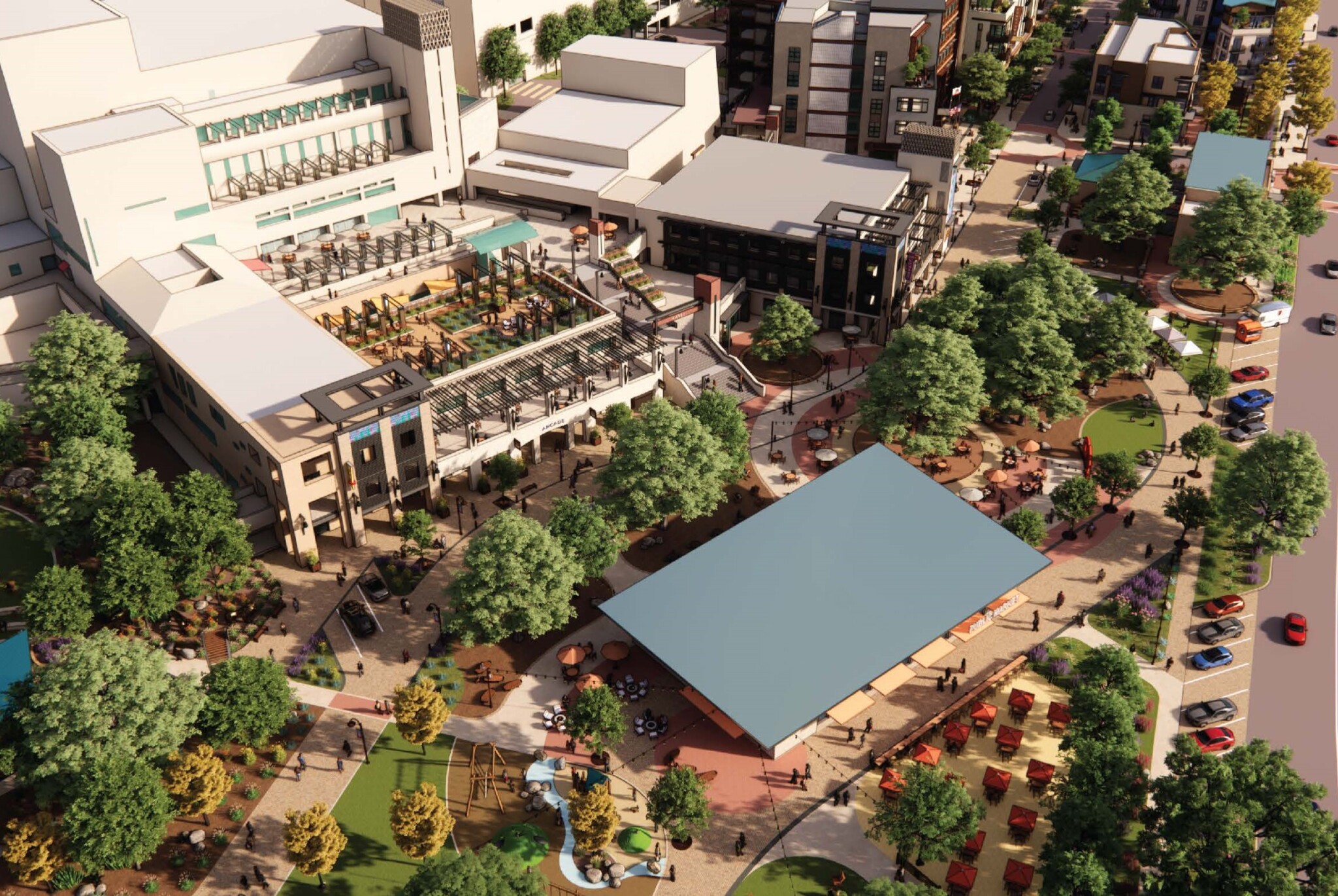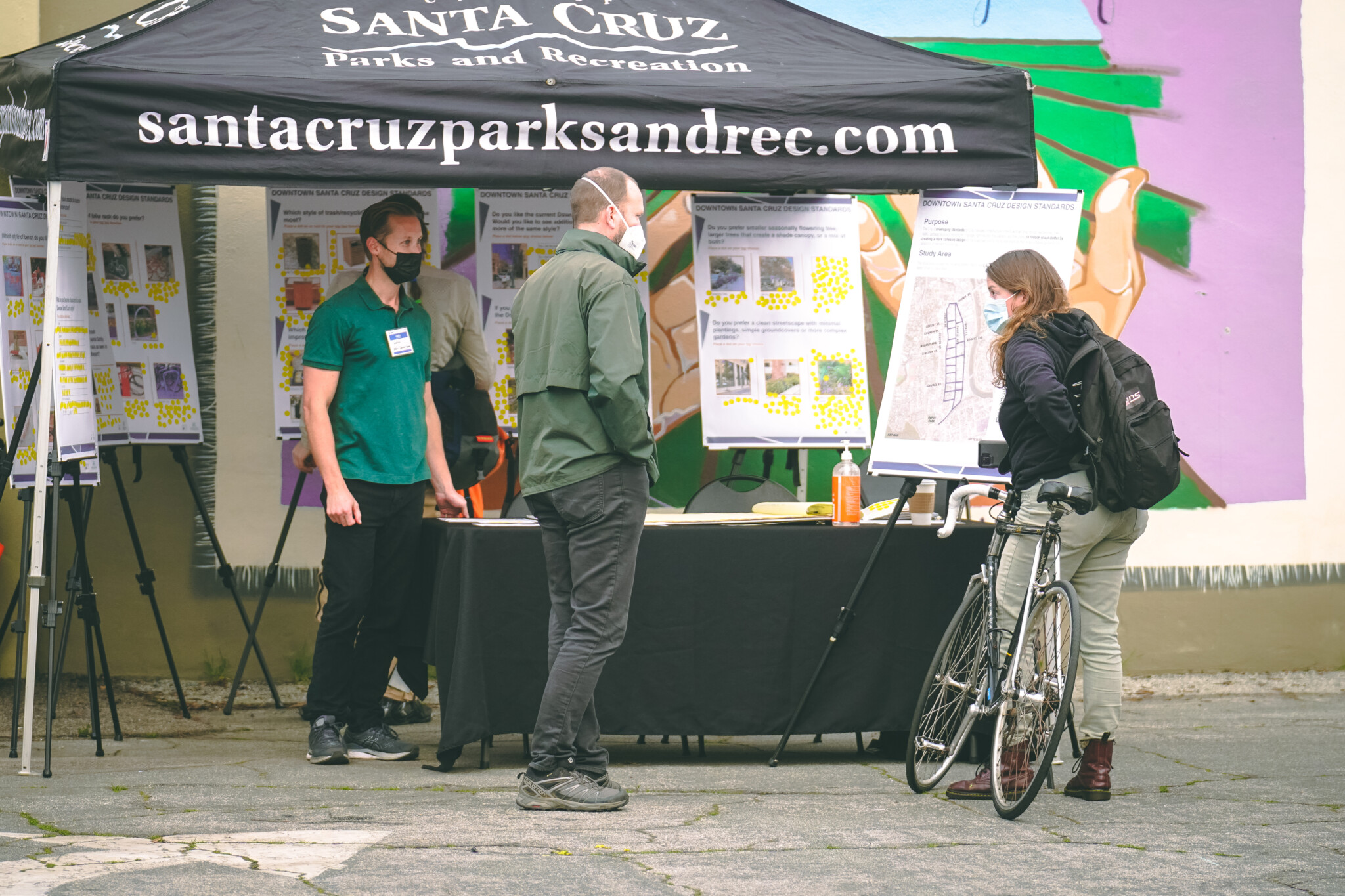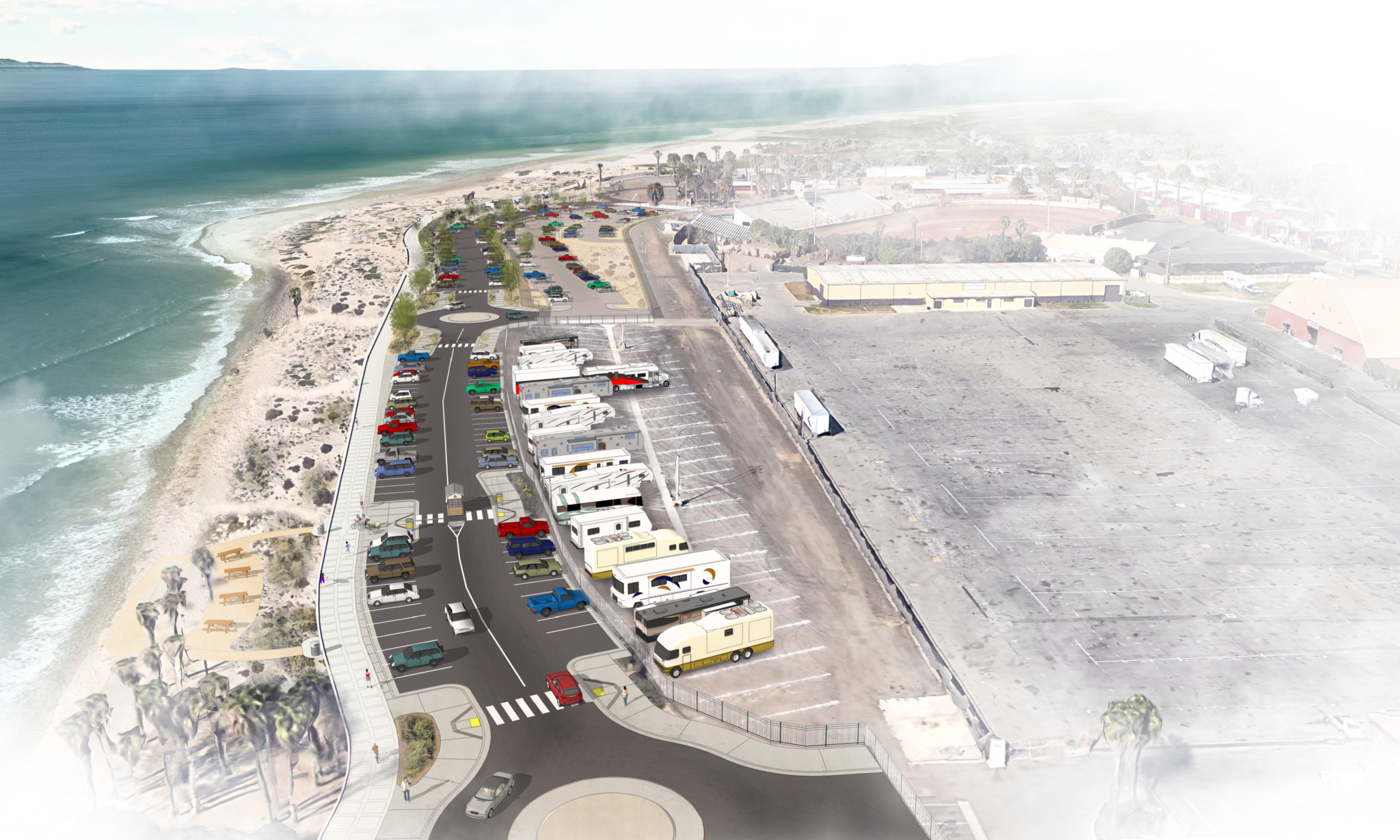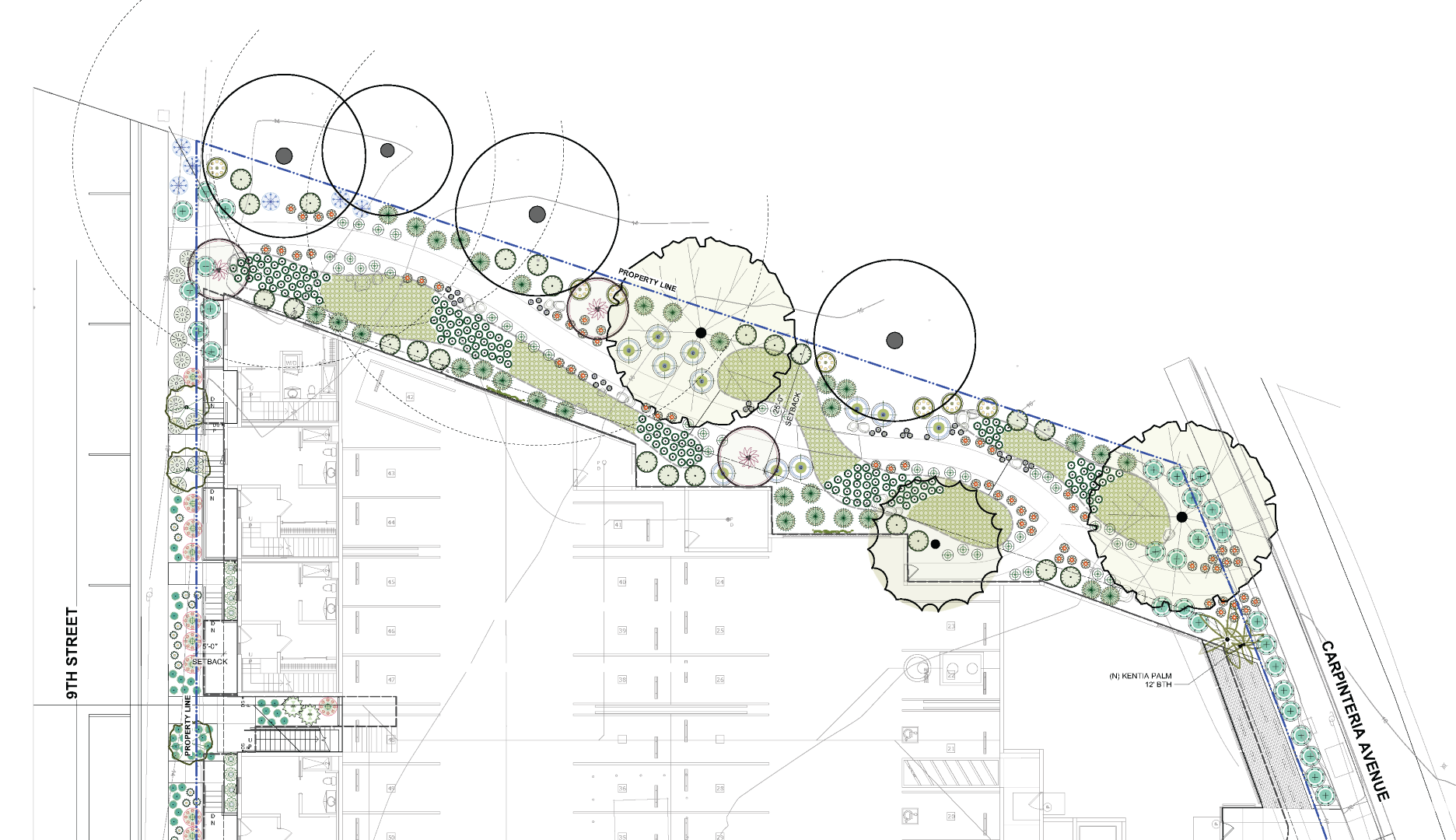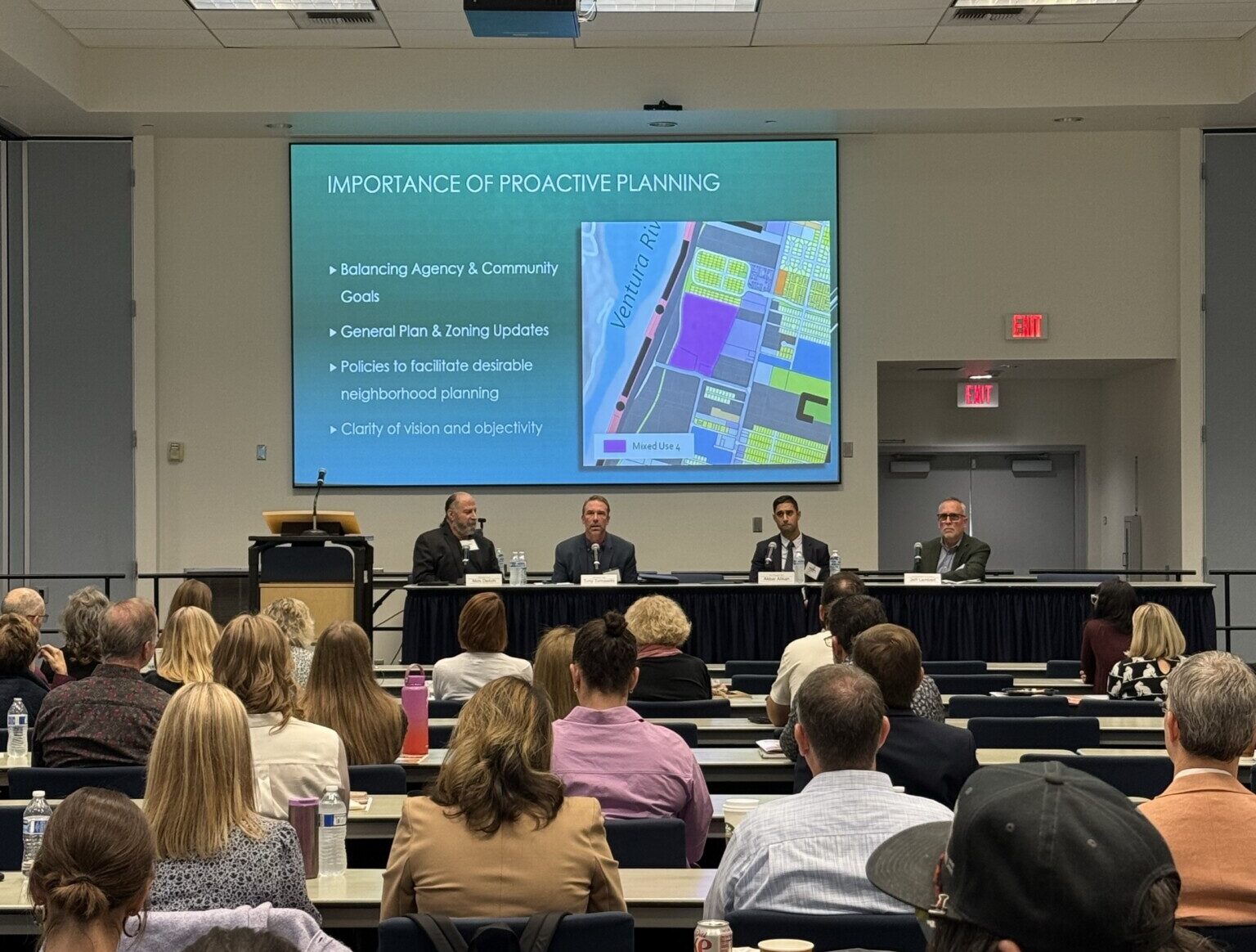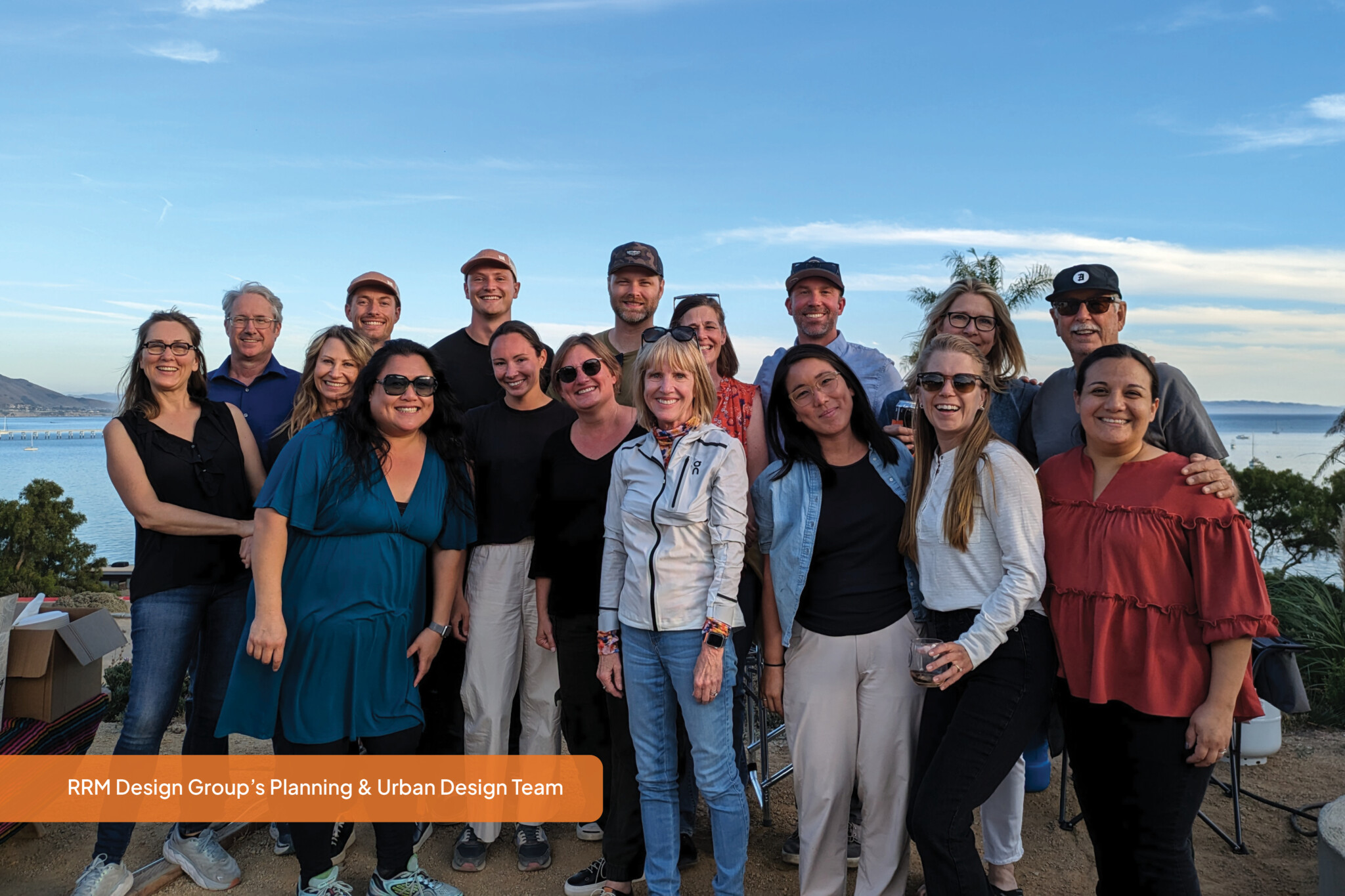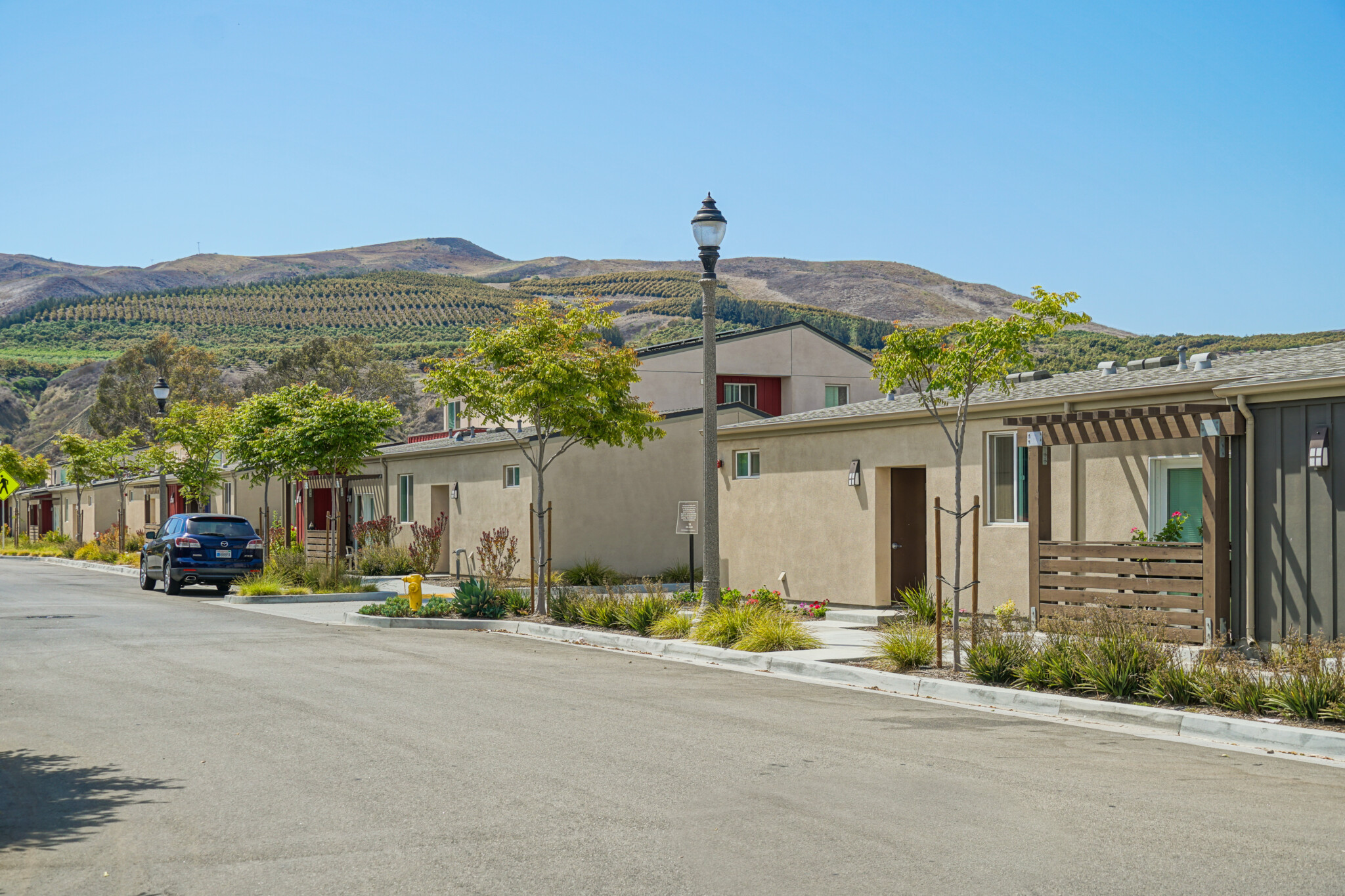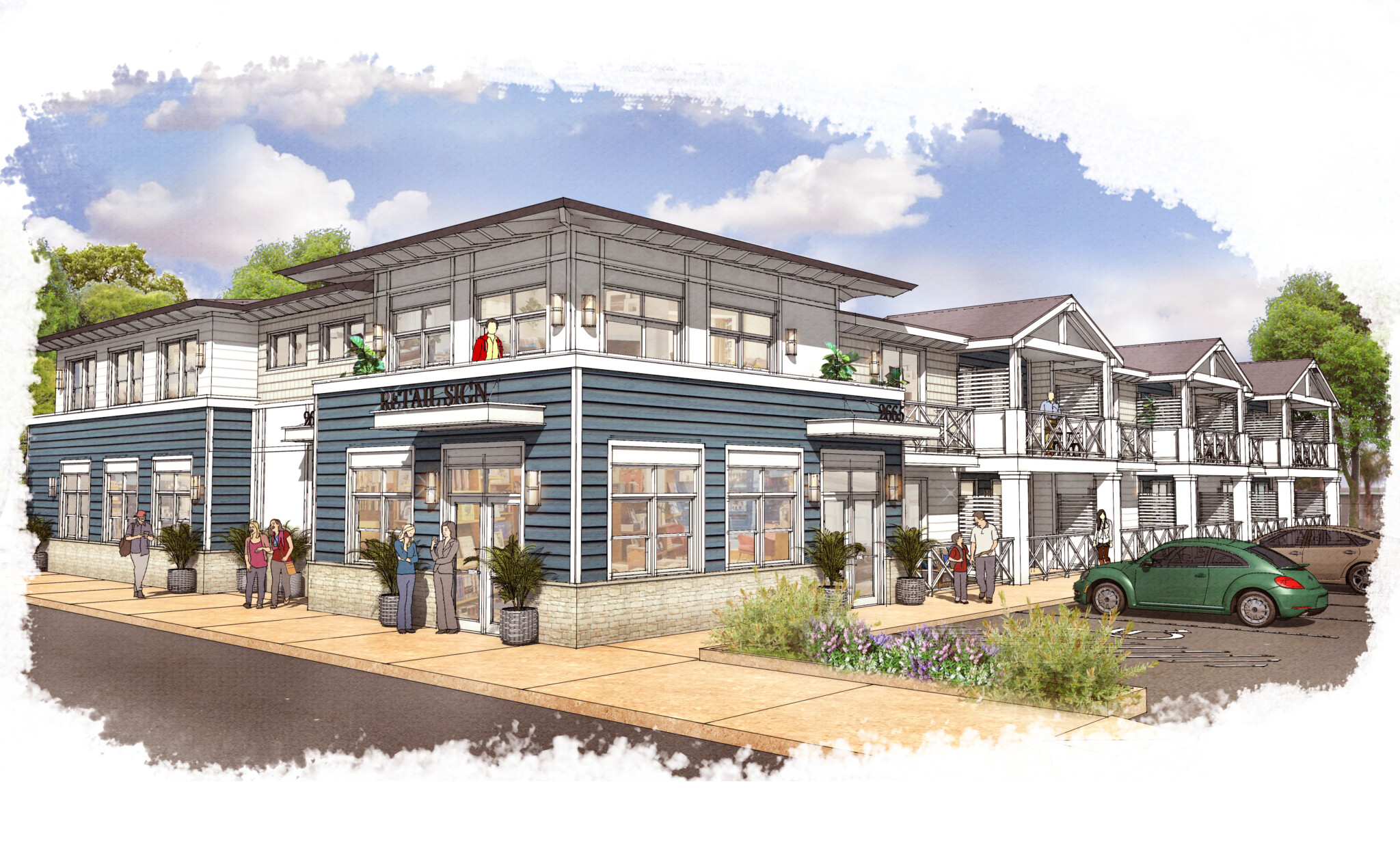Safe and Secure Schools
In attempting to provide secure learning environments through school design and physical hardening, schools must balance many different objectives. These include:
- Reducing risks
- Maintaining open access for students and staff
- Facilitating a learning environment
- Complying with required buildings codes and standards
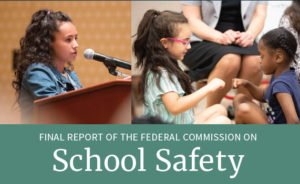 On December 18, 2018, the Final Report of the Federal Commission on School Safety was presented to the President of the United States.
On December 18, 2018, the Final Report of the Federal Commission on School Safety was presented to the President of the United States.
The Commission noted that school security must be based on a sound security management program combined with enhanced physical security, and made the following Security Management Recommendations:
- Establish a security management team and cultivate a “community of interest” for school safety and security;
- Conduct risk assessments;
- Develop comprehensive emergency operations plans;
- Consider before school, after school and extra-curricular activities in security planning.
Most schools present a variety of avenues for “designing in” layers of security, starting with controlling access at the school’s perimeter and working inward to secure individual classrooms and other internal spaces. The implementation of effective and efficient security systems can and should include both active and passive design solutions.
Consider This…
- Schools are first and foremost places for learning. When designing physical security measures, schools should ensure that the primary educational mission is not sacrificed for enhanced security
- School safety and preparation is an ongoing challenge and the important job of protecting our schools and students will continue.
5 Steps to Safer Schools…
Contemporary pedagogy and concepts of 21st Century Learning are driving school design that is open, flexible and light-filled. Students are encouraged to work in groups, to have choices in the place and manner of their learning, and to move around throughout the school day. A common misperception is that these design principles challenge concepts of school safety. This does not have to be the case.
The thoughtful application of Crime Prevention Through Environmental Design (CPTED) techniques can balance open, connected spaces with enclosed, defensible spaces, ensuring a balance between supportive learning spaces and a secure environment.
 Access Control denies access to crime targets and discourages access with physical barriers and structural elements.
Access Control denies access to crime targets and discourages access with physical barriers and structural elements.
- Consider the location of your building’s entrances and administrative offices. Does your staff have clear lines of sight to entries, parking lots, and corridors? Do you have secure entries to your facility, and a single secure entry after student arrival?
- Consider a key-less or carded system to track access. Add cameras for real-time and recorded surveillance.
 Natural Surveillance opportunities increase the visibility of any intruder by maximizing transparency and sight lines within your facility.
Natural Surveillance opportunities increase the visibility of any intruder by maximizing transparency and sight lines within your facility.
- Do your floor plans encourage supervision and interaction? Simple floor plans facilitate emergency procedures for evacuation, lock-down, and shelter responses. Decentralized administrative offices increase supervision and encourage student interaction with staff.
 Communication devices made available to all staff members can be used to advise school occupants during times of crisis.
Communication devices made available to all staff members can be used to advise school occupants during times of crisis.
- What is the protocol for emergency communications within your facility? Does your infrastructure support simple and direct communication?
 Territoriality establishes a sense of ownership, and a distinct sense of place to discourage unwanted intruders from entering your facility.
Territoriality establishes a sense of ownership, and a distinct sense of place to discourage unwanted intruders from entering your facility.
- Does your facility convey a sense of belonging? Well maintained gathering areas and amenities provide occupants with a greater sense of ownership of your facility — a deterrent for trespassers.
 Target Hardening uses physical building features to prohibit intruder access and promote occupant escape.
Target Hardening uses physical building features to prohibit intruder access and promote occupant escape.
- Where are your safe regions? What systems help secure them? Entry doors positioned at critical intersections help limit access to safe regions without compromising exit requirements.
Whether designing a new facility or improving an existing campus, RRM Design can help you interpret these and other best practices in order to consider and adopt those recommendations which are appropriate to your individual schools and communities.

